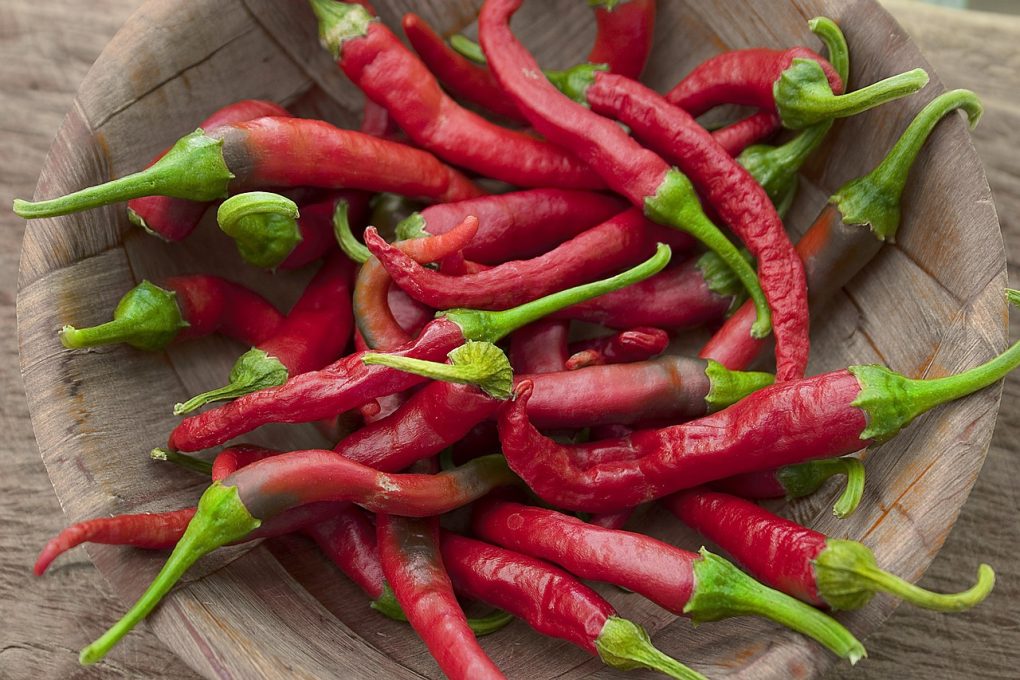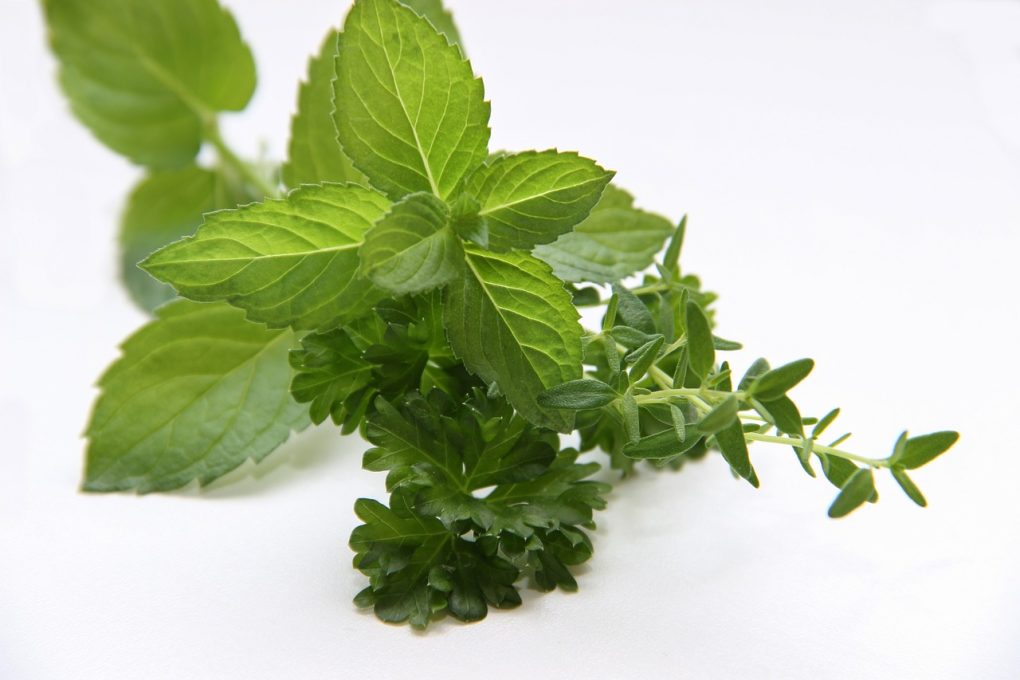
Asian cuisine is a delicious and diverse collection of recipes, flavors, and cooking techniques. From the famous dishes of China to the lesser known recipes of Myanmar, there is a wide range of flavors and ingredients that can be found within the boundaries of Asia.
In this blog post, we’ll explore the different varieties and versatilities of Asian cuisine, highlighting its unique flavor profiles and culinary history.
We’ll also discuss the health benefits associated with some of the most popular dishes. Finally, we’ll provide some tips for incorporating Asian ingredients into your own cooking routine.
What Is Asian Cuisine?
Asian cuisine is a broad term that encompasses a variety of regional cooking styles and ingredients. It typically includes dishes from countries in East, South, and Southeast Asia, such as China, India, Japan, and Thailand. Each culture has its own unique style of cooking, as well as its own distinct flavor profile.
Common ingredients used in Asian cuisine include rice, noodles, vegetables, fruits, fish, and various spices and sauces. Many dishes are stir-fried or steamed, while others are grilled or boiled. A few dishes are served raw, such as sushi and sashimi. Asian cuisine is also known for its use of fresh herbs and spices, which add complexity and depth to the flavor of the dish.
Popular Dishes of Asian Cuisine

From stir-fries to curries, there are a variety of dishes available that are sure to please every palate. Here are 10 of the most popular dishes from Asian cuisine.
1. Stir-Fried Noodles
Stir-fried noodles are a classic dish in Chinese cuisine. They are made by stir-frying vegetables and noodles together in a wok. This dish is often served with a variety of sauces and can be made with a variety of proteins. It is a quick, easy, and delicious meal that is sure to please.
2. Curry
Curry is an integral part of Indian and Southeast Asian cuisine. It is typically made with a combination of spices, herbs, and vegetables. There are a variety of different curries, ranging from mild to spicy. Curry is usually served with either rice or naan bread.
3. Sushi
Sushi is a traditional Japanese dish consisting of cooked rice that is combined with a variety of ingredients. The most common ingredients are fish, vegetables, and seaweed. Sushi can be enjoyed in both raw and cooked forms and is often served with soy sauce and wasabi.
4. Pad Thai
Pad Thai is a traditional Thai dish that is made with stir-fried rice noodles, eggs, tofu, and a variety of other ingredients. It is often served with a sweet and sour sauce and is usually topped with crushed peanuts, cilantro, and green onions.
5. Dim Sum
Dim sum is a Chinese dish that consists of a variety of small dishes. These dishes are usually steamed or fried and are served in bite-sized pieces. Popular dim sum dishes include dumplings, buns, and steamed pork ribs.
6. Pho
Pho is a Vietnamese soup that is made with beef, chicken, or pork broth. The broth is combined with rice noodles, herbs, and spices. It is usually served with a variety of condiments, such as lime, bean sprouts, and basil.
7. Nasi Goreng
Nasi goreng is a popular Indonesian dish that is made with fried rice and a variety of ingredients, such as vegetables, meat, and eggs. It is usually served with a spicy sauce and is a great way to spice up a meal.
8. Ramen
Ramen is a popular Japanese dish that consists of wheat noodles in a broth. It is usually served with a variety of toppings, such as slices of pork, fish cake, and vegetables. Ramen is a great option for a quick and easy meal.
9. Satay
Satay is a popular Asian dish that consists of skewered meats that are grilled over a fire. The meats are usually marinated in a variety of spices and served with a peanut sauce. It is a great option for a light dinner or snack.
10. Spring Rolls
Spring rolls are a popular Chinese dish that consists of thin wrappers filled with a variety of ingredients, such as vegetables and meat. They are usually served with a sweet and sour dipping sauce and can be found in many restaurants and street vendors.
Health Benefits of Asian Cuisine

In addition to its delicious flavor, Asian cuisine offers a variety of health benefits. Many dishes feature lean proteins, fresh vegetables, and complex carbohydrates. This balanced combination of nutrients provides the body with essential vitamins and minerals. Additionally, many dishes are prepared with healthy cooking methods like steaming and stir-frying, which helps to reduce fat and calories.
Furthermore, many dishes are made with herbs and spices that offer additional health benefits. Garlic, ginger, and turmeric are all known for their anti-inflammatory properties, while cumin, coriander, and cardamom are known for their digestive benefits.
Incorporating Asian Ingredients

Cooking with Asian ingredients can be intimidating, but it doesn’t have to be. Start by purchasing a few basic ingredients, such as soy sauce, sesame oil, and rice vinegar. Once you have these staples on hand, try experimenting with different recipes and flavors. You may find that you prefer the subtle flavors of Japanese cuisine, or the bold flavors of Korean cuisine.
When shopping for ingredients, look for items that are easy to find in your local grocery store. For example, many stores carry pre-made sauces and pastes, such as hoisin sauce and red curry paste. These can be used to quickly whip up a flavorful meal.
Cooking Techniques

When cooking with Asian ingredients, it’s important to understand the cooking techniques used in traditional Asian cuisine. Many dishes are stir-fried or steamed, which helps to preserve the flavor and texture of the ingredients. Other dishes are cooked in a wok, which creates a smoky flavor and seals in moisture. Grilling is also a popular cooking technique, especially in Korean cuisine.
Regardless of the cooking technique, the key to successful Asian cooking is to use the right amount of heat. Too much heat can burn the ingredients, while too little heat will not bring out the flavors. When stir-frying, keep the heat on high and move the ingredients around constantly. For steaming, use low heat and add a little water if the dish starts to dry out.
Conclusion
Asian cuisine is a diverse and flavorful collection of dishes, featuring unique ingredients and cooking techniques. There are many popular dishes, including those from China, India, Japan, and Thailand. In addition to its great flavor, Asian cuisine offers a variety of health benefits, including lean proteins, fresh vegetables, and herbs and spices with medicinal properties.
If you’re interested in cooking with Asian ingredients, start by stocking up on some basics, such as soy sauce, sesame oil, and rice vinegar. Then, experiment with different recipes and flavors. Finally, learn the techniques used in traditional Asian cuisine, such as stir-frying and steaming, and use the right amount of heat when cooking. With a little practice, you can create delicious and healthy Asian dishes in no time!





